- About Us
- Advertise
- Editorial
- Contact Us
- Terms and Conditions
- Privacy Policy
- Do Not Sell My Personal Information
© 2025 MJH Life Sciences™ and Dental Products Report. All rights reserved.
15 Steps in the Evolution of Endodontics
With May being Save Your Tooth Month, we take a look back at significant developments in the history of endodontics and root canal therapy.
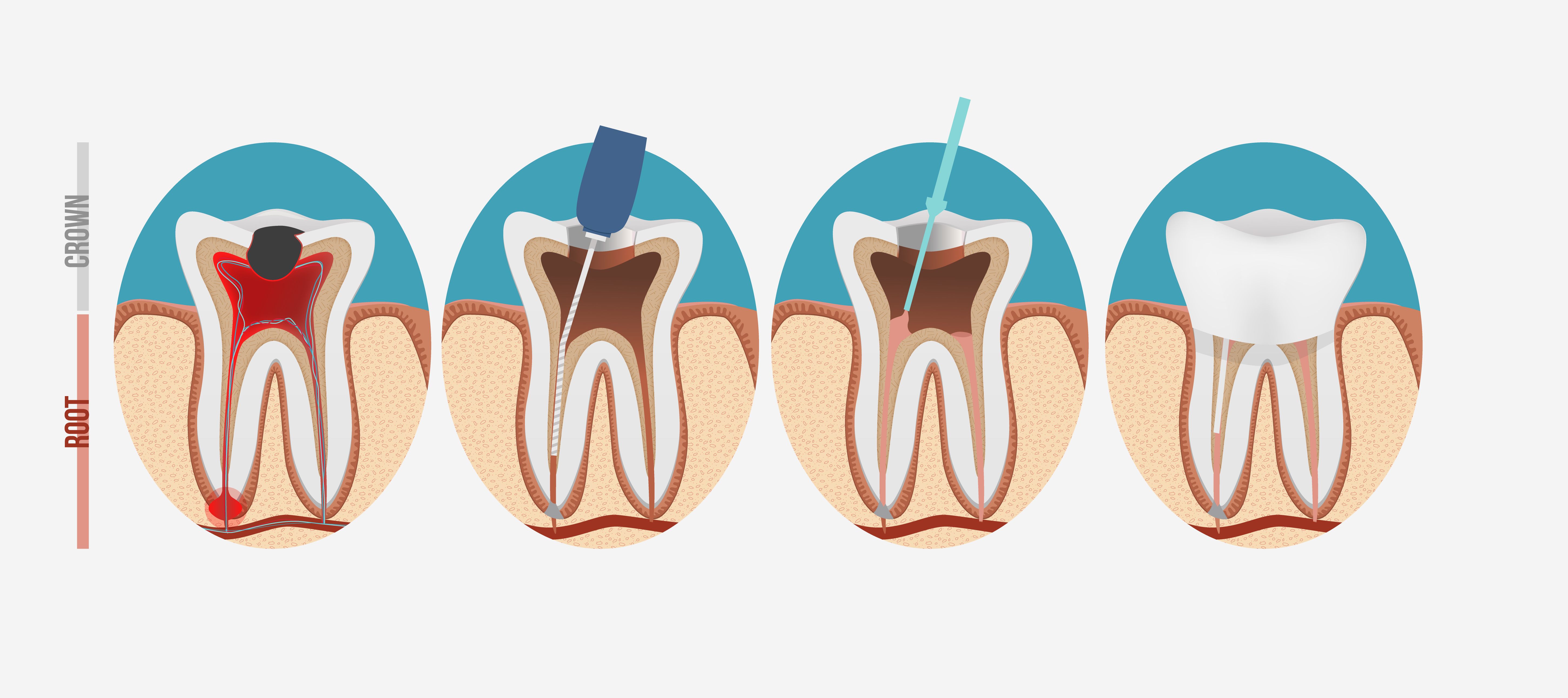
baluchis / stock.adobe.com
Treating the infected roots of teeth has a long history. While many patients still fear being told they will need a root canal, modern approaches make these treatments far less painful and far more successful. Here’s a look back at the development of endodontic treatments, technologies, and general knowledge of how teeth are structured.
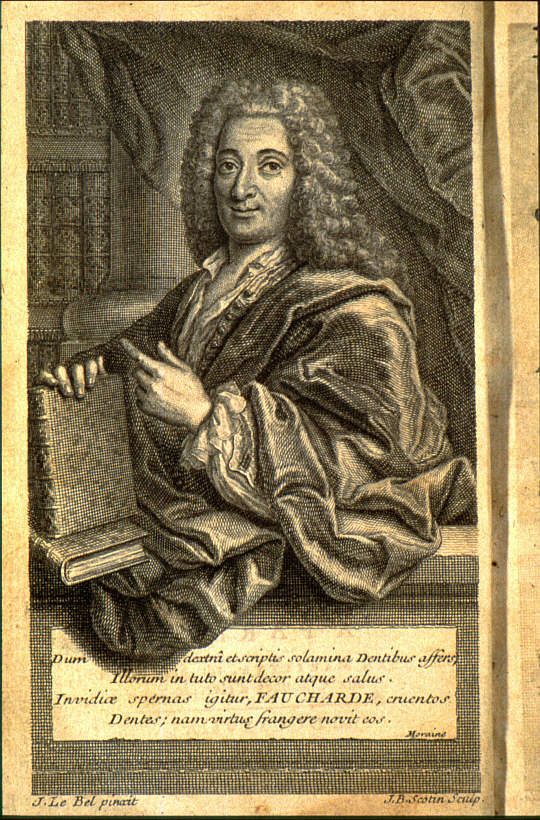
Early Anatomy Discoveries
In 1728 Pierre Fauchard accurately describes pulp cavities and root canals of teeth in his book The Surgeon Dentist. This is the start of the medical community abandoning the theory that pain in the roots of teeth were caused by tooth worms.
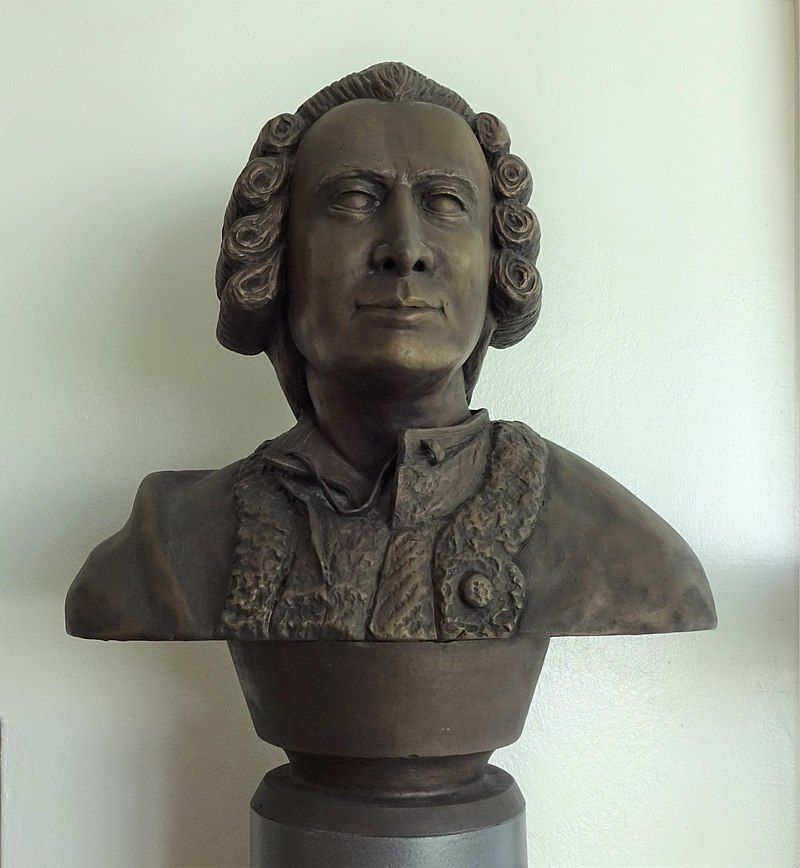
Pulp Capping Procedures
In 1756 German dentist Phillip Pfaff devises the first pulp capping procedure. His technique involved placing a concave piece of gold or lead over the open pulp chamber to provide a barrier to protect the exposed pulp without allowing the metal cap to contact the exposed nerve.
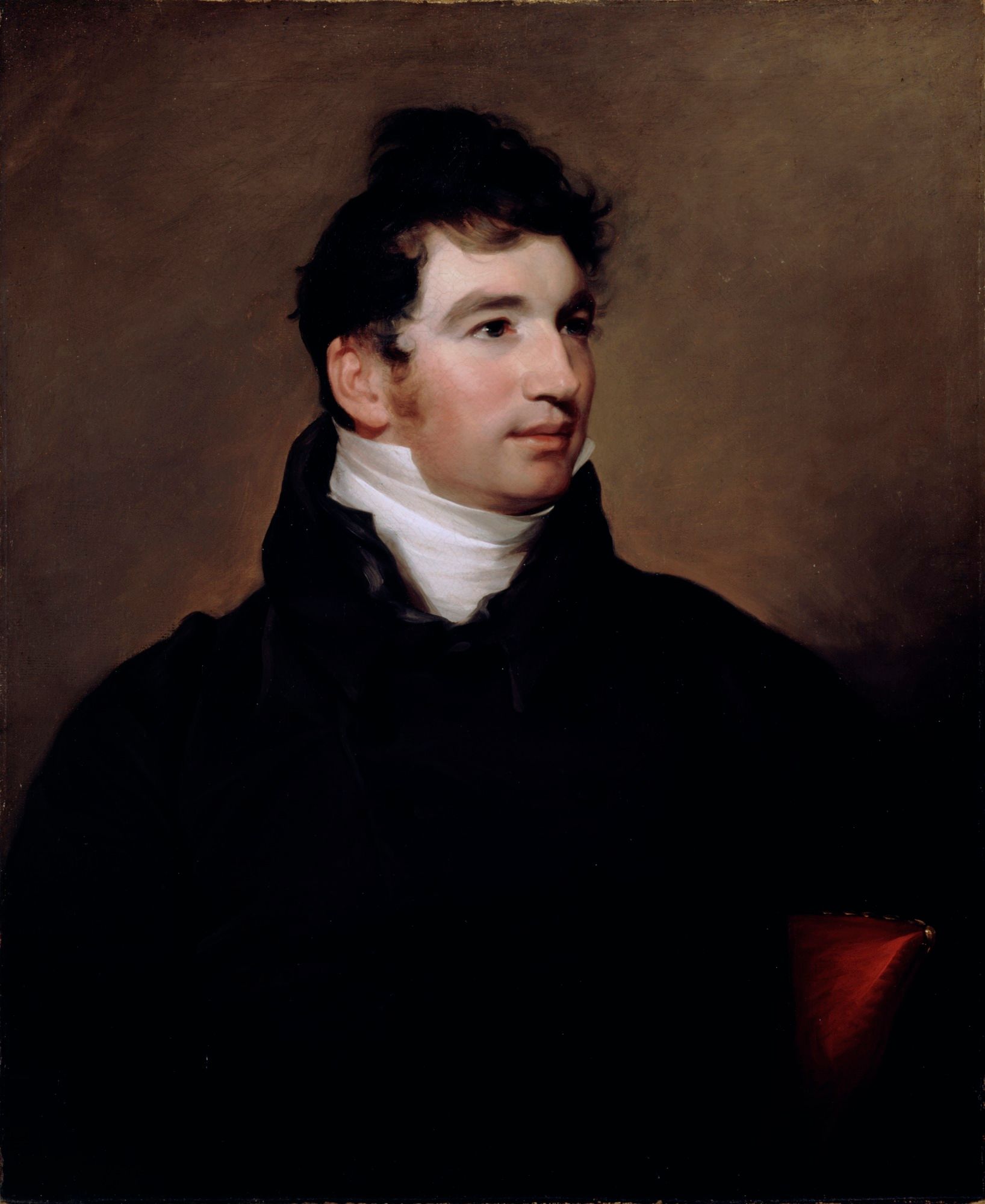
Filling Root Canals
In 1809 Philadephia dentist Edward Hudson is credited as the first clinician to place filling materials into root canals. His material of choice was gold foil and he accomplished this using instruments he designed himself.
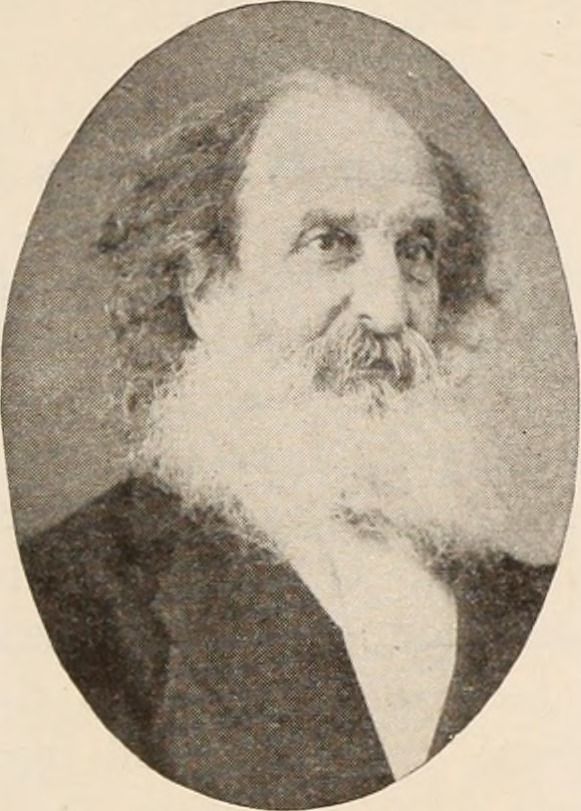.jpg?fit=crop&auto=format)
Early Instrumentation
In 1838 Edwin Maynard creates the first root canal broach from a watch spring. The small size of this instrument made it possible for dentists to treat teeth with small canals. Maynard would go on to be more famous for his firearms inventions, including the breechloading rifle.
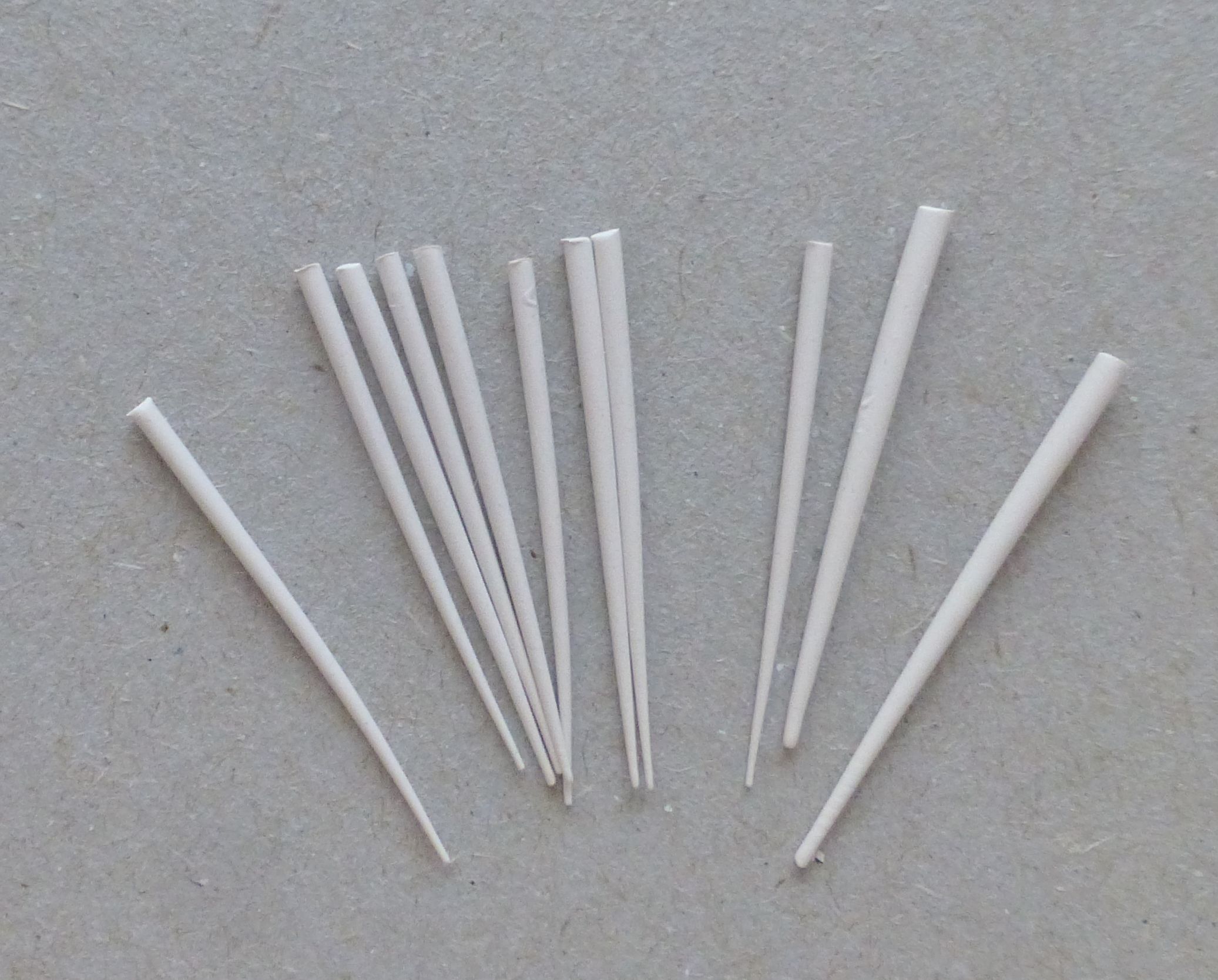
Gutta Percha
In 1847 Edwin Truman is the first to introduce gutta percha as a filling material for obturated canals. His original use was a mix of gutta percha and other materials. In 1867 G. A. Bowman became the first to fill canals with only gutta percha. This is a material still used in root canals today.
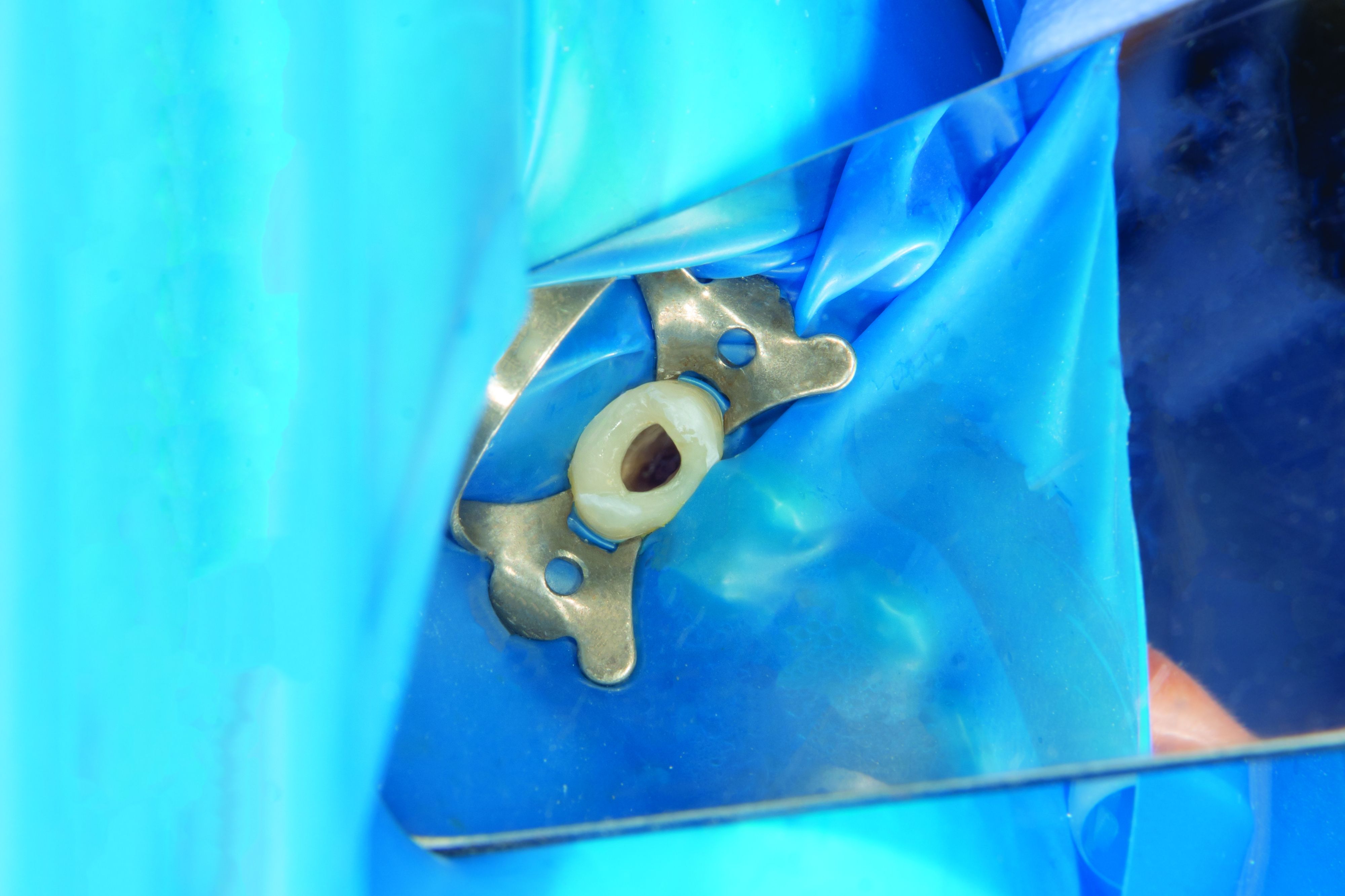
Сергей Кучугурный / stock.adobe.com
Rubber Dam Isolation
In 1864 S.C. Barnum introduces the use of a thin sheet of rubber to help isolate a tooth during treatment. This would evolve into the rubber dam, another dental technology still in use today.
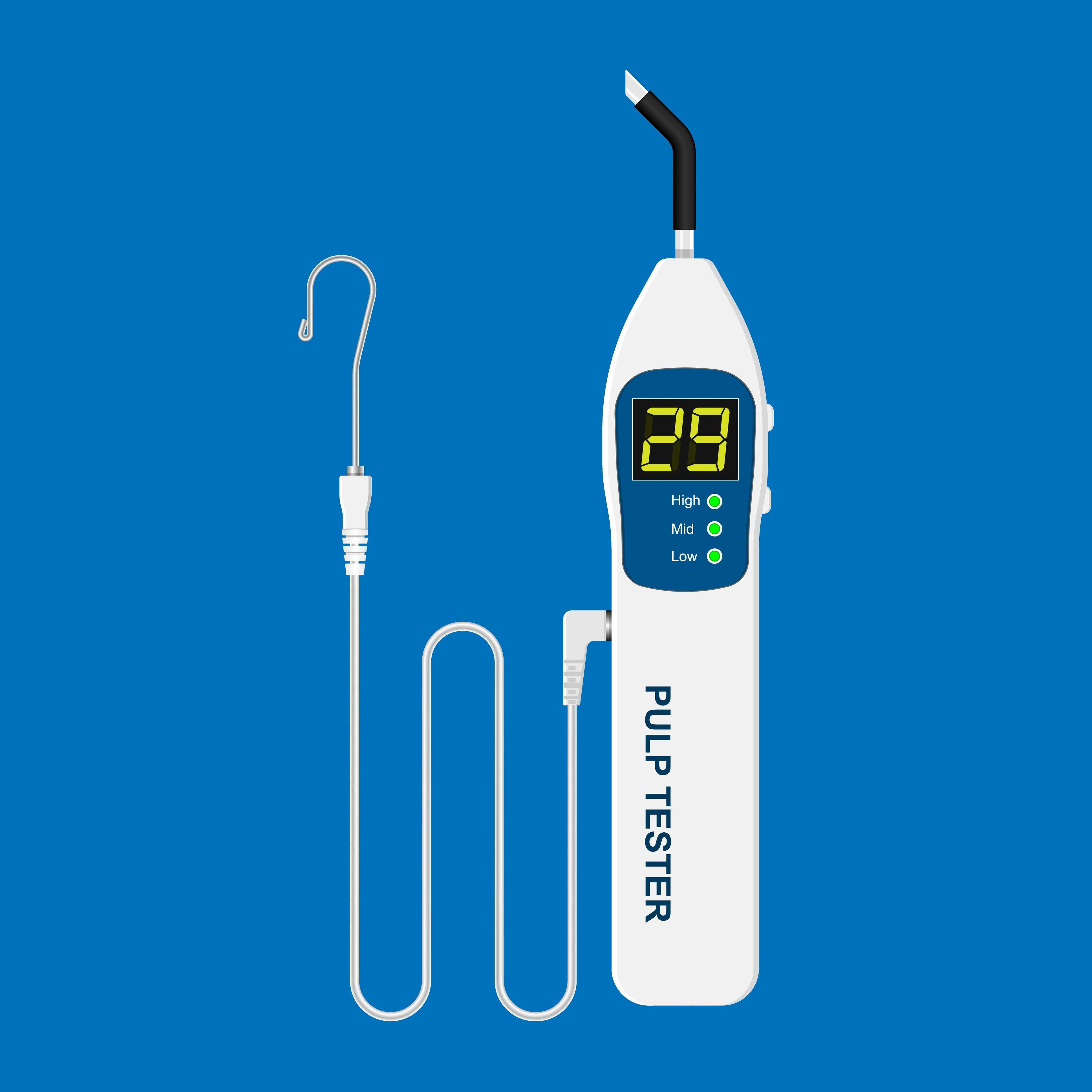
rumruay / stock.adobe.com
Electric Pulp Sensitivity Testing
In 1867 Emile Magitot is the first to publish a work suggesting the use of an electric current to test the vitality of pulp.
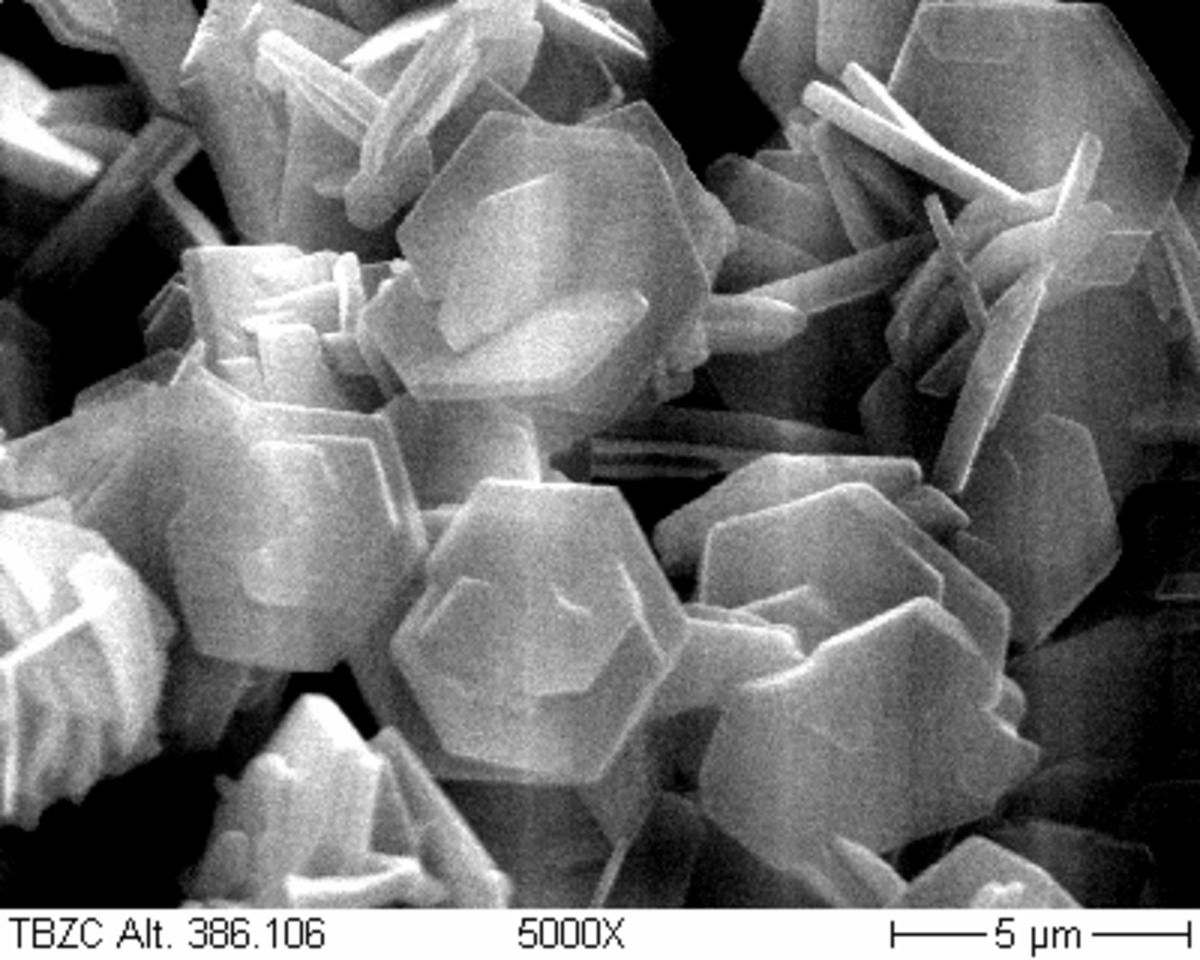
Zinc Oxychloride Introduction
In 1876 Boston Dentist N. C. Keep popularizes the technique of using zinc oxychloride for pulp capping procedures.
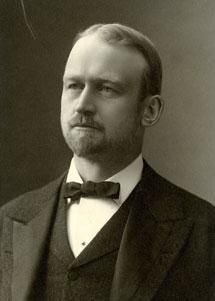
Endodontic Handpieces
In 1889 William H. Rollins is credited with developing the first automated endodontic handpiece.
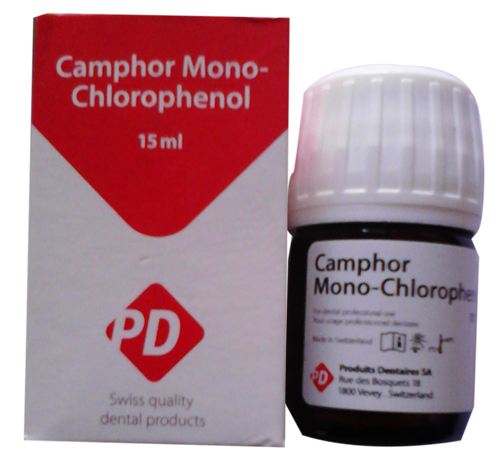
Sterilizing Canals
In 1891 German dentist Otto Walkhoff introduces the use of camphorated chlorophenol for sterilizing root canals.
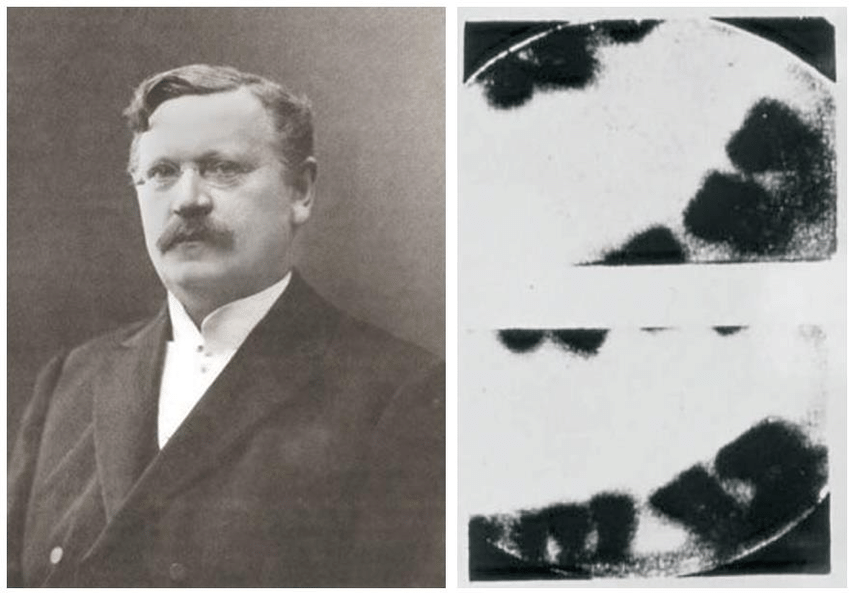
First Dental Radiographs
In 1895, just weeks after X-rays were discovered by Konrad Wilhelm von Roentgen, Walkhoff captured the first dental radiograph. Just a few years later C. Edmund Kells was the first to use x-rays to assess root canal obturation and helped popularize dental radiography.
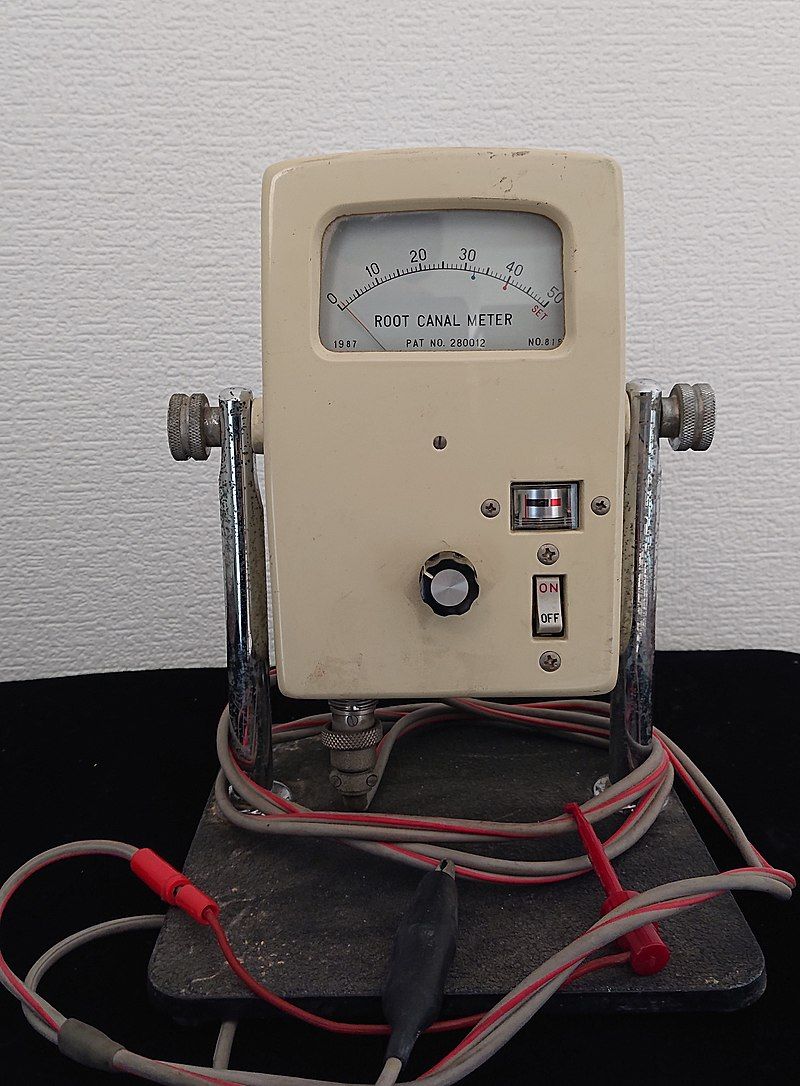
Apex Locators
In 1918 Levitt Ellsworth Custer suggests the use of electrical currents for locating the apex of root canals. This work was expanded on by Suzuki in 1942, and further by Sunada in 1962 before the first commercially available apex locator was produced by Onuki Medical Instruments in 1969.

Organized Endodontics
In 1943 The American Association of Endodontists is formed in Chicago and began the publication of the Journal of Endodontia in 1946, ushering the era of organized endodontics.





